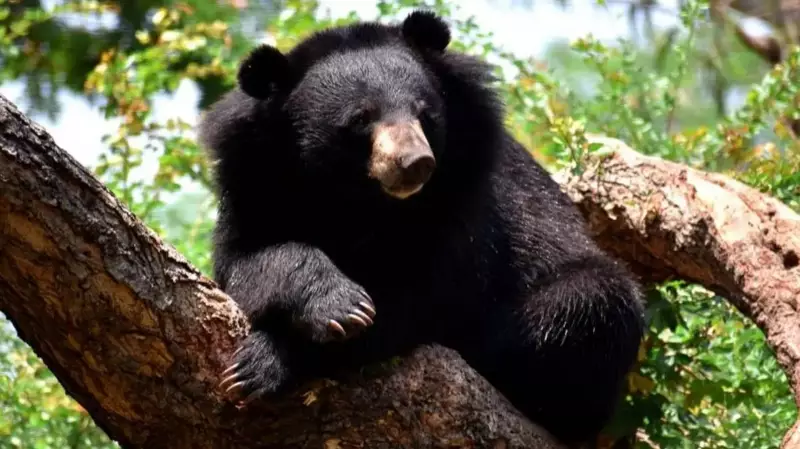
Uttarakhand is confronting an escalating crisis with Asiatic black bears that has resulted in five human fatalities this year, prompting the state forest department to implement emergency measures including shoot-to-kill orders as a final option.
Emergency Guidelines Issued Amid Rising Attacks
The Uttarakhand Forest Department released comprehensive guidelines on Thursday for preventing and managing human-bear conflicts during the winter season. This period marks the pre-hibernation phase for bears, when they become increasingly active while preparing for winter sleep.
Five confirmed deaths have occurred in bear attacks throughout 2025, matching the highest casualty count recorded since 2016. The department attributes the changing bear behavior to multiple factors including climate change, reduced food availability, improper waste management, and significant habitat disturbance.
The urgency of the situation was highlighted on Thursday when a woman injured in a bear attack while foraging in Chamoli required emergency airlifting to AIIMS Rishikesh for specialized medical treatment.
Comprehensive Response Strategy Deployed
The newly implemented guidelines emphasize multiple preventive approaches including widespread public awareness campaigns advising against forest visits during early morning and evening hours, improved waste management systems, and installation of robust fencing in vulnerable areas.
Forest officials have been directed to identify conflict hotspots by monitoring recent bear movements, analyzing camera trap footage, and tracking pugmarks. Quick response teams and field staff are conducting regular foot patrols in identified sensitive zones.
Response teams have been equipped with specialized gear including tranquillisation kits, protective equipment, rescue nets and cages, first-aid supplies, searchlights, and communication devices. The department has specified that tranquillisation procedures must be performed exclusively by authorized veterinarians.
Long-term Conservation Measures
Beyond immediate response protocols, the forest department has outlined sustainable long-term strategies focused on habitat restoration and conservation. Officials have been instructed to ensure natural food availability for bears by planting and protecting native species like oak, kafal, and wild berries within forest territories.
Ranjan Kumar Mishra, Uttarakhand's Chief Wildlife Warden, confirmed the five fatalities this year and emphasized the need for region-specific conflict management plans. The department has committed to regular capacity-building training for field staff on bear behavior and advanced rescue techniques.
Villages across the state, particularly in the Garhwal Forest Division, have reported substantial livestock losses. Abhimanyu Singh, Divisional Forest Officer of Pauri, reported that bears have killed over 45 cattle in the last three months across villages in the Paithani Range including Kundil, Kucholi and Saunth.
Climate Change Impact on Bear Behavior
Forest department officials have observed significant behavioral changes in black bears, including shortened hibernation periods at higher elevations directly influenced by climate change patterns. The delay in snowfall and later onset of winter has resulted in unusual attack patterns during a season when bears typically migrate to upper reaches.
A range officer from Badrinath described the unprecedented situation: "We receive daily calls from five different villages seeking assistance against cattle attacks. Normally, bears depart by early November, but this year they've continued raiding crops, attacking humans, and preying on livestock."
The remoteness of affected villages presents additional challenges for response teams, making timely intervention difficult despite increased patrolling efforts, including night operations.
The Asiatic black bear, found across Jammu and Kashmir, Himachal Pradesh, Uttarakhand, and northeastern states, typically inhabits forests at altitudes between 1,200 and 3,300 meters. Experts note that bear movements are heavily influenced by changes in food quality, quantity, and distribution, as the animals require substantial calorie reserves to support hibernation.
In response to the escalating conflict situations involving both leopards and bears, the state forest department has assumed responsibility for transporting children to school in affected villages, ensuring safety while maintaining educational continuity.





